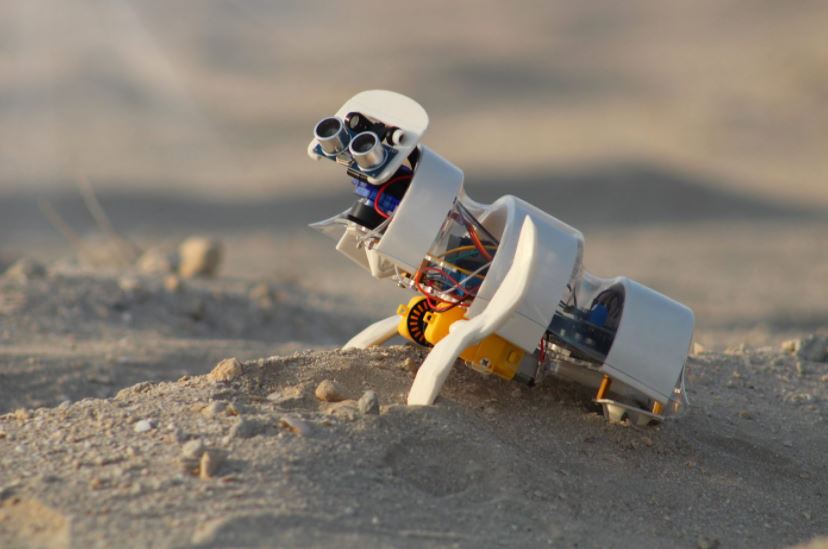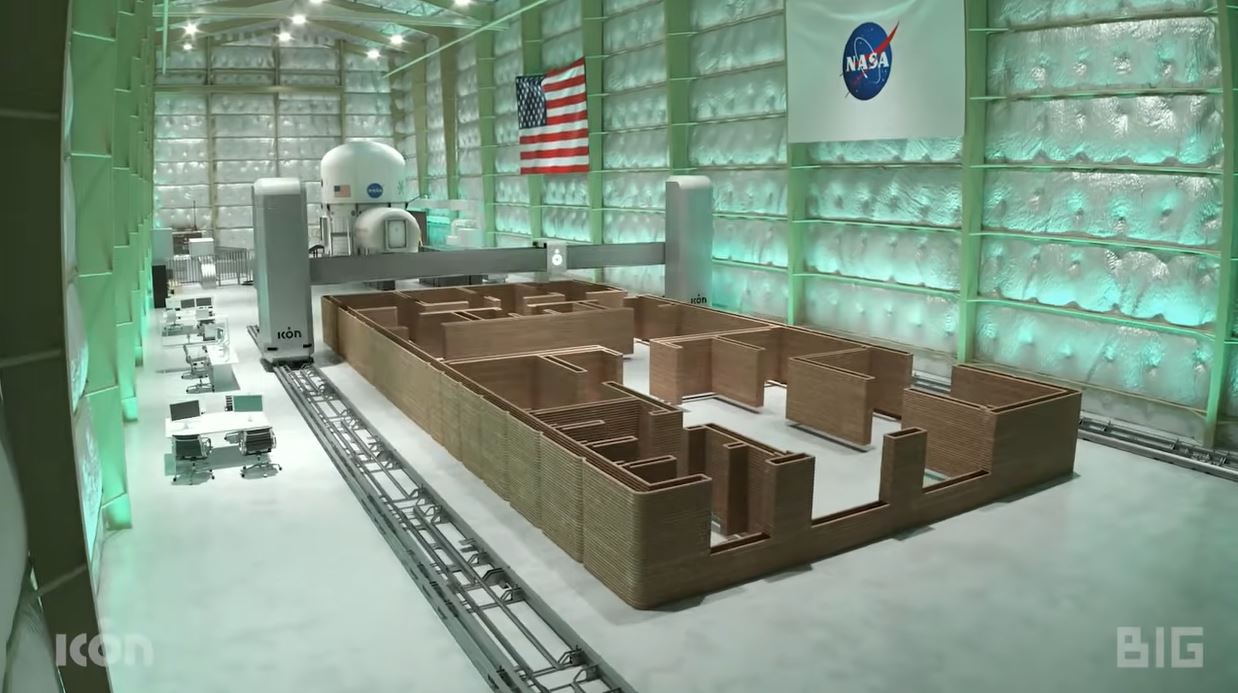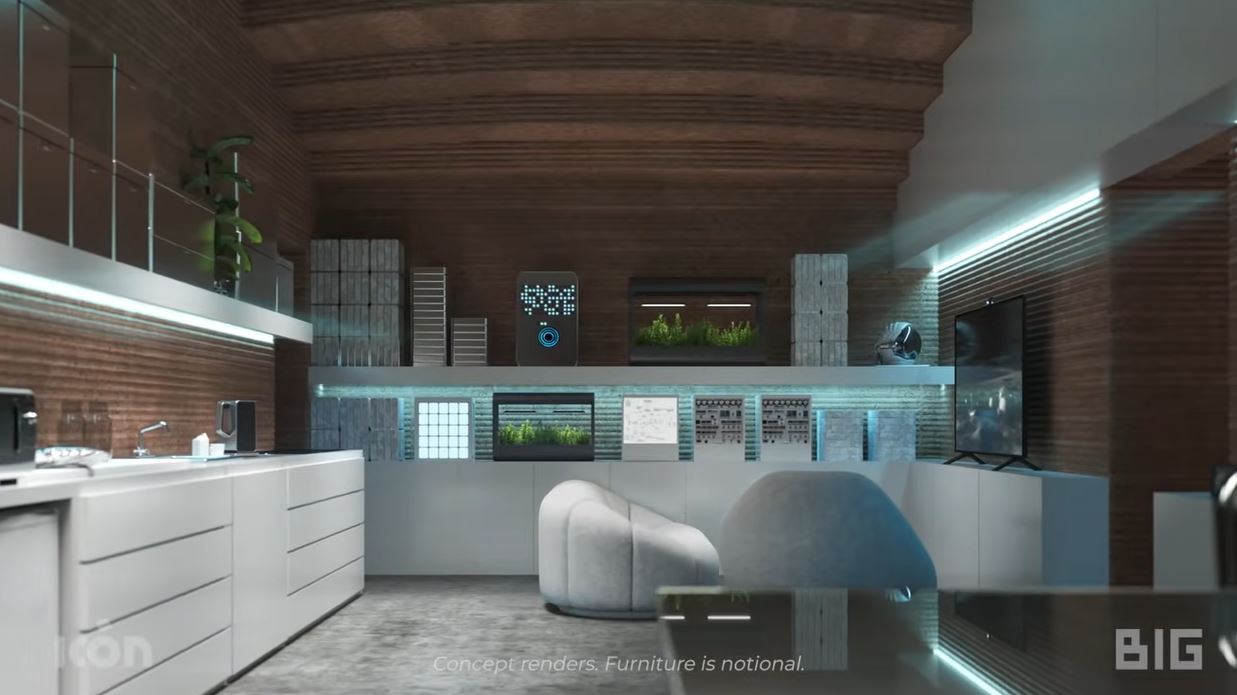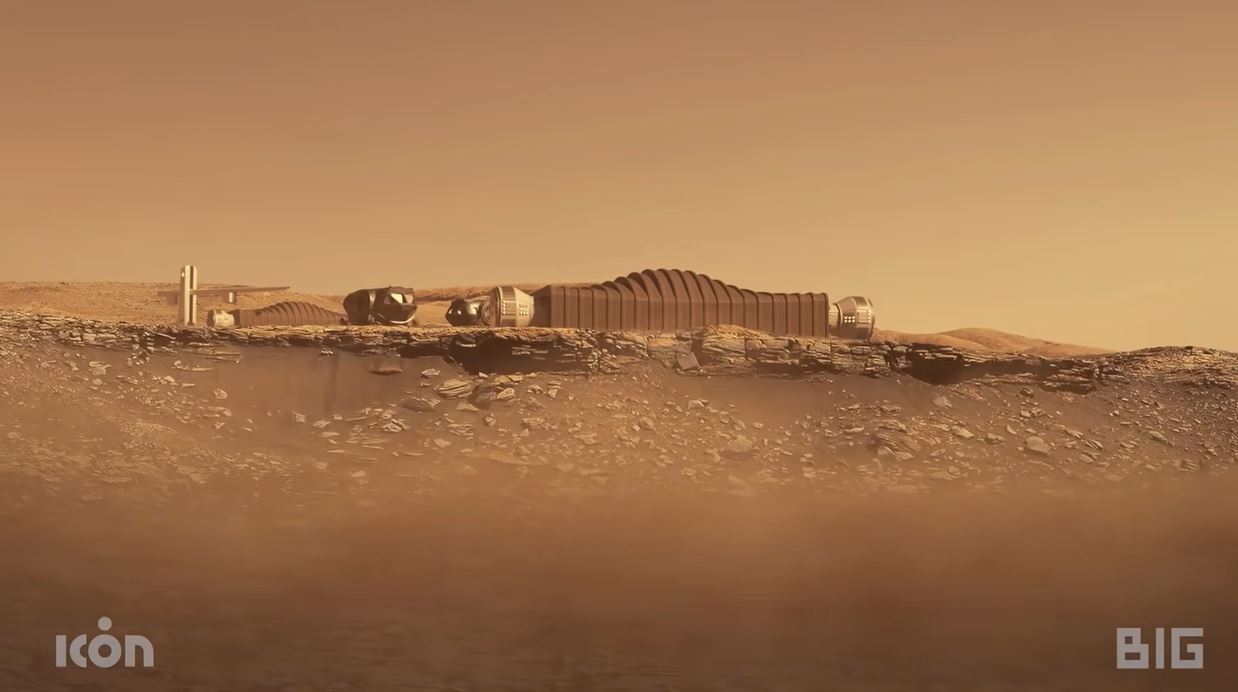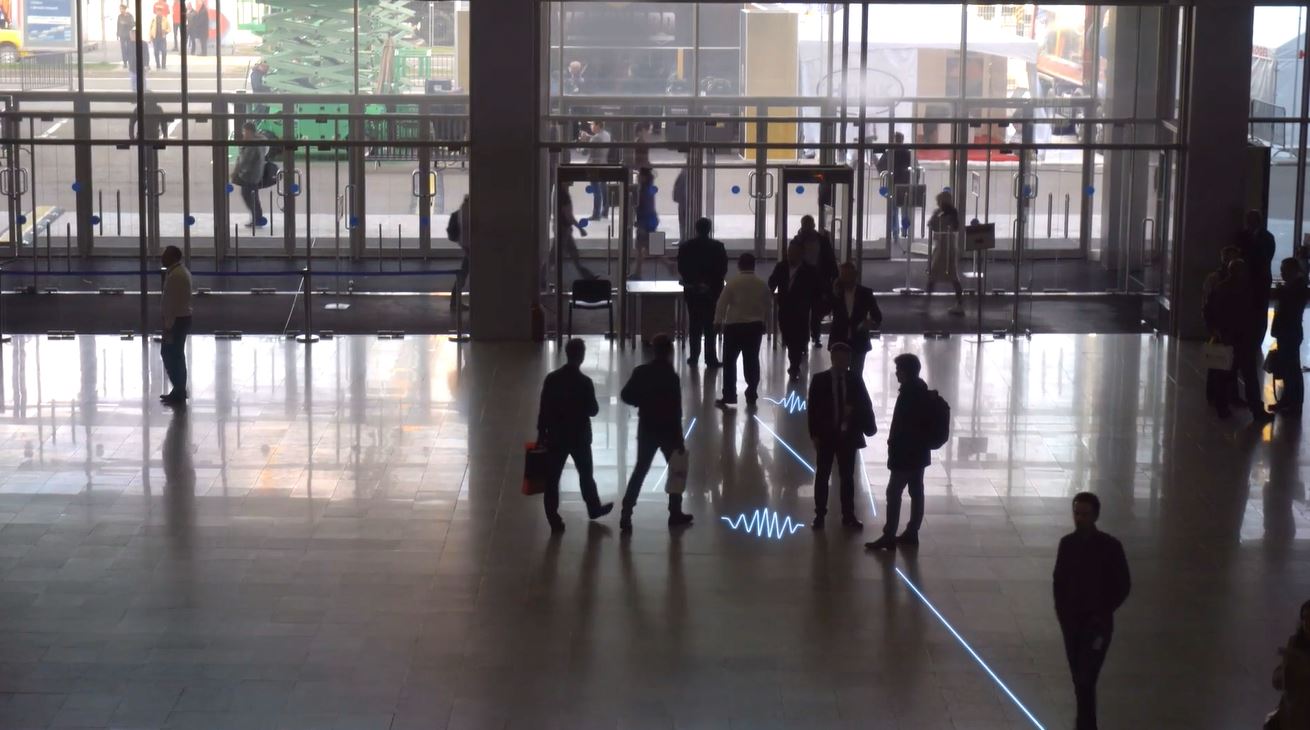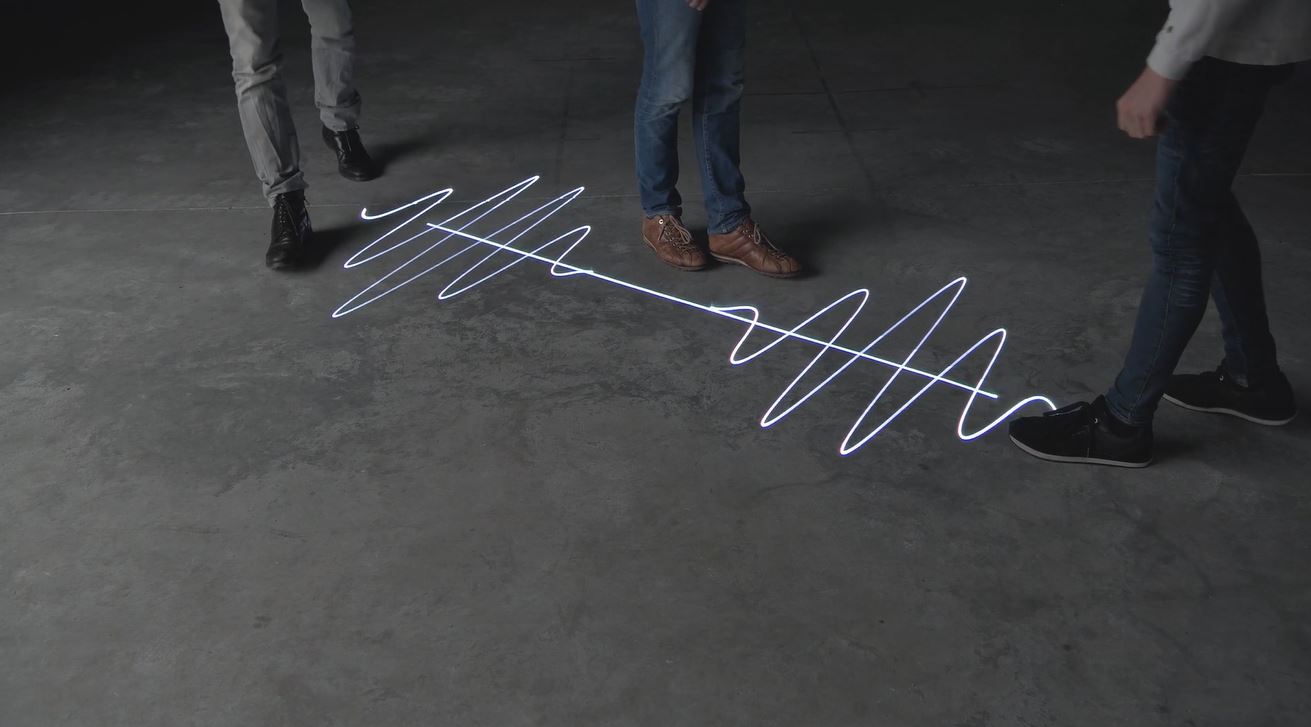Simulation in virtual outer space, Robots turning deserts into lush green landscapes, and social distancing that is fun. The current stage of technology that is advancing beyond problem-solving.
1. To build a 3D-printed house on the surface of Mars
Still, Mars is the planet that is most likely to become the second Earth. So, we are trying a lot of things on Mars. Even the challenge to build a house is about to begin.
NASA created “Virtual Mars” at the Johnson Space Center in Texas, the US. It aimed to find out how human bodies and emotions react when they live on Mars for a long period of time. ICON built a 3D-printed house on the virtual Mars, “0mars dune alpha” designed by Bjarke Ingles Group, group of architects and designers.
ICON built the entire perimeter of the house with a 3D printing machine using a cement mixture. Since it is difficult to transport the building materials on Earth several times when building walls on a real space exploration site, ICON used the Contour Crafting 3D printing technique. There are even an accommodation, a farming area, and a fitness room inside the house.
People will soon participate to live in 0mars dune alpha and the simulation of “living on Mars” will take place. As in the movie <The Martian>, they should grow their own crops. They should perform other missions on Mars such as space food systems (to eat and digest), communication exchanges, and scientific research. In 2020, NASA recruited participants for the Mars expedition to simulate in this 3D-printed space for a year. The name of this project is ‘CHAPEA: Crew Health and Performance Exploration Analog, and a full-scale simulation will begin in the fall of 2022.
2. AI robots farming in the desert
Sand, seeds, and robots…? It seems that they do not get along, but there is actually such a robot. It is called ‘A’seedbot’.
The seed planting robot A’seedbot is an AI robot presented in a graduation project by Mazyar Ethadi, a graduate of the Dubai Institute of Design and Innovation. It was developed to transform an uninhabitable barren land where people cannot live in into a lush green zone.
A’seedbot uses a foot similar to a propeller that was produced in 3D printing technology to move across the desert. So, it can move around like swimming without falling into the sand swamp. It can find the terrain with the appropriate moisture for planting seeds using its ultrasonic sensor, and then sows the seeds. It also uses the navigation system to plant seeds evenly in places without overlapping. After that, it stores data of its location by itself and monitors the place where the seeds were planted. Since A’seedbot carries solar panels and charge the battery itself, there is no need to create a charging station. The robot is easy to design which makes possible for mass production.
I hope that we will be able to see more plants and lush green landscapes in the future, just like Mazyar Ethadi’s wish. With the help of seed planting robots!
3. Distancing lines drawn with a laser
“Social distancing is going to be fun and beautiful from now on! “
Dutch designer Jólan van der Wiel and contemporary artist Nick Verstand have shown new ‘SDS: Smart Distancing Systems’. They combined motion tracking technology that recognizes human movements and projection technology that projects a laser on the floor and applied it to distancing systems.
The computer recognizes when a person moves around and draws a line in the shape of a drop on the floor around the person. The more people there are, the more circles in the shape of a drop are drawn. When the gap between people gets narrowed, the line of the circle gets more crushed. People see the shape of the circle and keep the certain distance again. In addition to the shape of a drop, there are various forms of graphics. We can draw straight lines between people using laser projections, and the straight lines become zigzags as they get closer.
Because of visual effects, people will have fun while keeping distance. People can see the distance with their eyes so that it may be able to keep social distancing for sure than before. This cutting-edge technology seems to be more valuable in public places such as airports, train stations, museums, and shopping malls. Currently, Jólan and Nick are working to distribute SDS as widely as possible.



